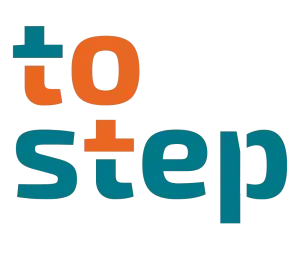Get those scientists some focus time!
“Have you worked with R&D” – My client asked with a smirk
“Yes, for about 10 years, since I started. In the R&D IT department”
“So you know the specialities”
“I think so…”
This is how our series of team workshops with a Lab Automation team began. The “specialities” my client was talking about where specifically around the “Scientific Mindset”. Gathering facts, creating hypothesis, experiment, generate data, dispose the results or continue using it. If you think about it, this aligns perfectly with agile project management one could think.
And a little bit of creative chaos, focus on the science, being a bit annoyed by all the administrative work the management is requesting. And asking for as less friction as possible.
This sounds a bit like I am attacking my R&D colleagues. It is rather understanding characteristics of the scientists and surrounding teams which help us work together. A little bit like the stereotypes that consultants live in slide decks. A generalisation, just helping to give a bit of direction for people engaging with the R&D community in a first instance.
Once these “prejudices”, if you will, are spoken out they can be addressed as part of the project team. Like my team lead – a scientist – said for one endeavour: Let us not take the scientific approach here, let us not be perfectly fact based and 100% right thought through, but aim to get closer to the result we want to be.
With R&D being an essential part of many complex and regulated industries, delivering new innovations into the market, most of the colleagues are right to ask for less friction and more time to focus on scientific work. Working with or in supporting functions (Regulatory, Safety, IT and the like) have the responsibility to design processes and product for this goal in mind.
A relict from the past, a tool of focus – the Lab Notebook
The example I like to think about it the Paper Lab journal. This document laying in the lab, for each scientist provides the minimum amount of friction you can think of. Almost like a blank page, following some Good Documentation Practices, the scientist focused on their work and captures their insights. Sketches, data, insights between the lines can be jotted down quickly and experiments can continue. It is also an instrument of focus. No notifications, no distractions.
In the contrary, now look at modern Electronic Lab Notebook (ELN) solutions, many of which we have had the pleasure to implement. Whilst we understand that a company has the need for accessibility of data, especially for legal and compliance reasons but also in the aspect of sharing, those systems run in the digital workspace. This means, that constant distraction is present. Also, it “feels” more formal to write something into an electronic, audit trailed system. The “quick sketch” very likely involves a photo, scan and upload to this system, maybe a bit of OCR. The advantages of those systems, like linking raw experiment data, traceability, sharing across departments and retaining of scientific informations need to outweigh the distractions
What is the solution?
Design the ELN with the Paper Lab journal and focused lab work in mind.
Just because there is a fancy new feature, doesn’t mean it has to be activated right from the beginning. Engage with the scientific community and ask for their needs. Not requirements. Maybe they need automation of data ingestion before they need a fancy user interface? Also, think about agentic AI coming soon. When chat interfaces and agents replace our UI, what would be the digital personal assistant of the scientist? What would he do for them? Creating a persona or a team of assistants will likely help you to create a modern ELN eco system.
And provide a platform for honest feedback, so the scientist can give you the value-add of your software developed.
